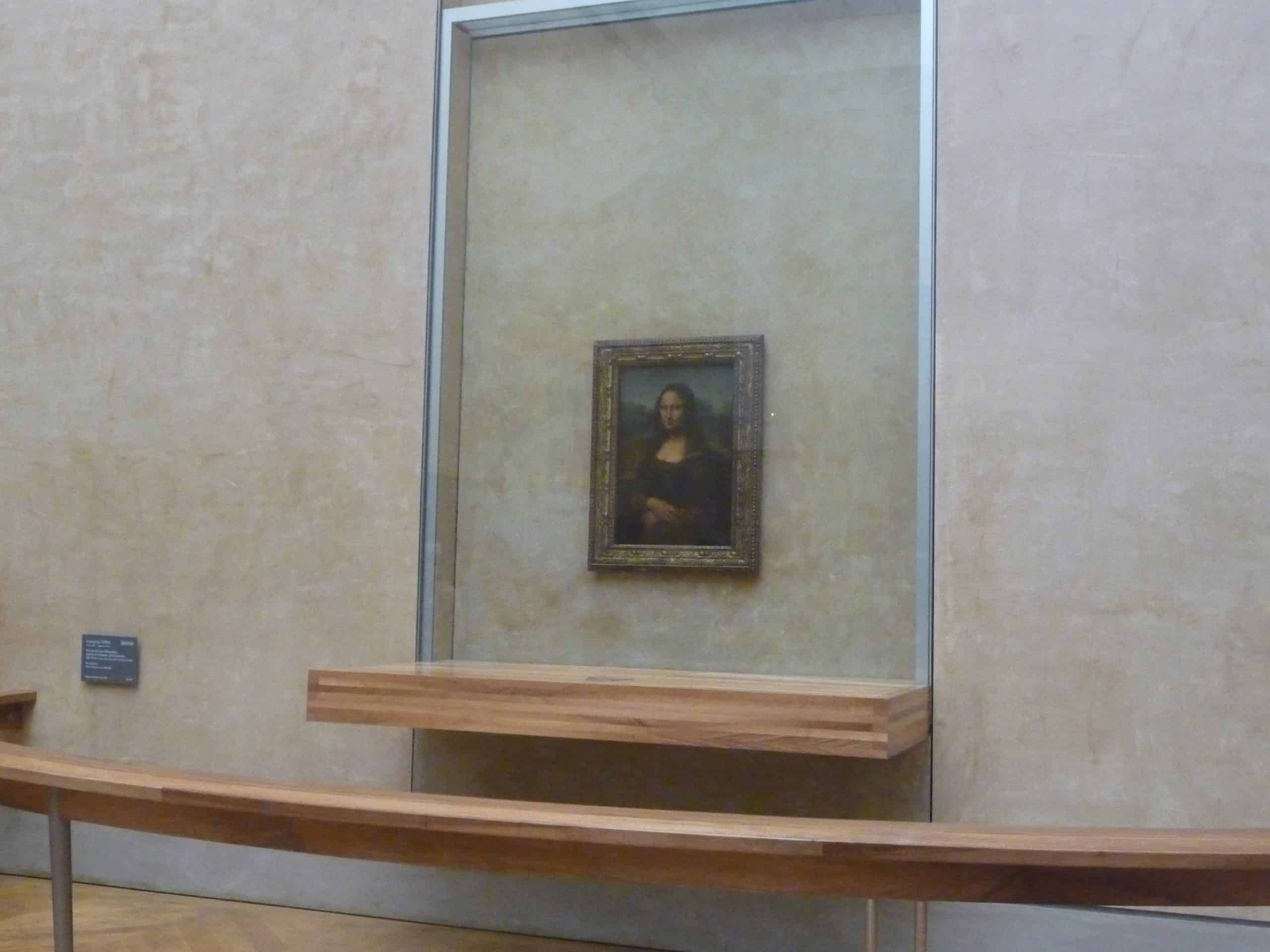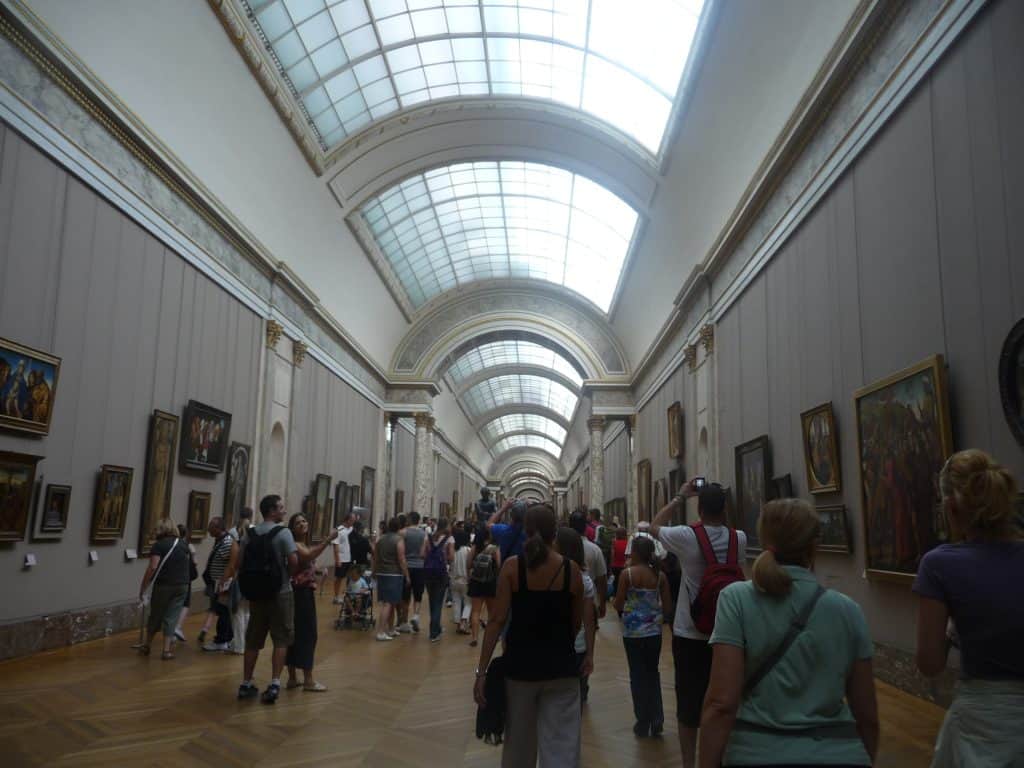
The Louvre Palace was built in 1190 as a residence for King Philip Augustus.
Later it was transformed into a Renaissance-style palace and, since then, the Louvre has been used as the main residence of the French sovereigns. In 1594, Henry IV began the project of connecting the Palais de the Louvre to the Palais des Tuileries through the “Grande Galérie”. Finally, Napoleon III will further expand the Louvre, definitively unifying the Palais des Tuileries and the Louvre, as well as completing the Richelieu wing.
In 1871 the Palais des Tuileries was destroyed by fire and was never rebuilt, whose place was taken by the current gardens.
After Louis XIV moved the royal residence to the Palace of Versailles, the Louvre became in 1793 the Muséum Central des Arts.
Finally, François Mitterand, after being appointed President of the Republic French, started the project of the Grand Louvre and it is on this occasion that the iconic world-famous Pyramid was built.
Opened at the end of the eighteenth century, the Louvre Museum is the most important and one of the most visited French museums in the world. It is currently visited by over eight million visitors every year.
The Louvre collection preserves about 300,000 works of which only about 35,000 objects are exhibited.
The immense collection follows a thematic orientation within various areas of the exhibition space:
- Eastern antiquities such as Egyptian, Babylonian, Greek and Roman
- History of the Louvre
- Paintings
Some of the most important ancient sculptures are the Venus de Milo, the Red Scribe and the Victory of Samothrace (known as Nike).
Among the most famous paintings are the Freedom Leading the People by Delacroix and the Mona Lisa by Leonardo da Vinci.













